How do you turn a community park into an arboretum? Ask these Northeastern students.
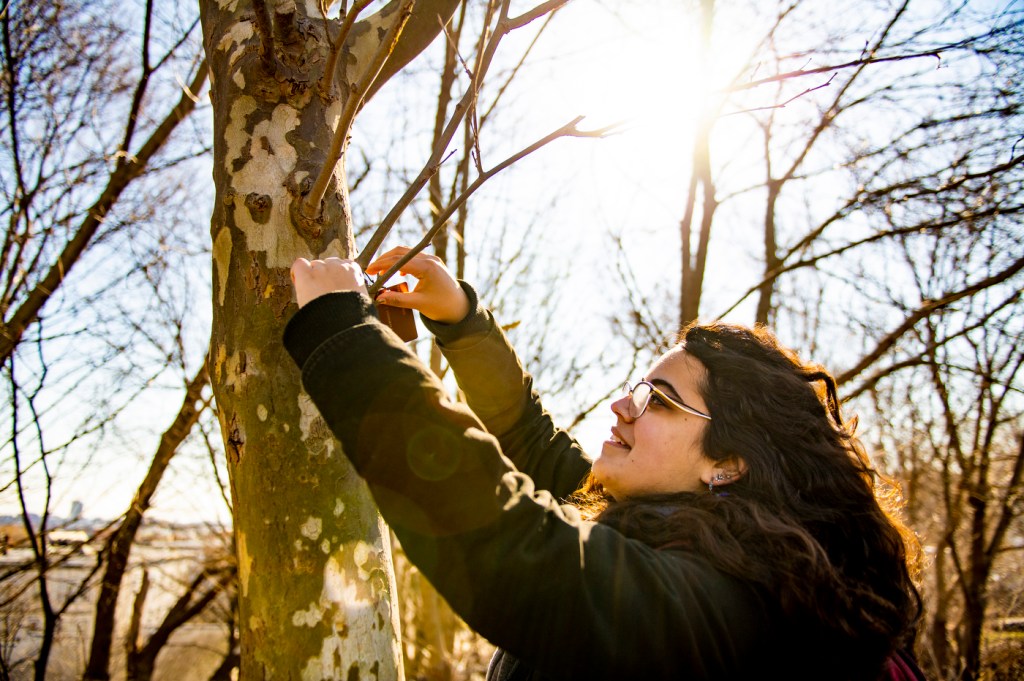
How do you turn a community park, tucked away among rows of housing in the middle of a city, into an arboretum?
As it turns out, many urban parks may already meet the criteria—at least, to be a Level I arboretum. Such a designation requires, among other things, a minimum of 25 different species of plants be present on the grounds.
A group of Northeastern students are working toward that first-level arboretum certification for Kevin W. Fitzgerald Park, a 5.5-acre slice of greenspace in the Mission Hill neighborhood that Northeastern has had a hand in maintaining for years.
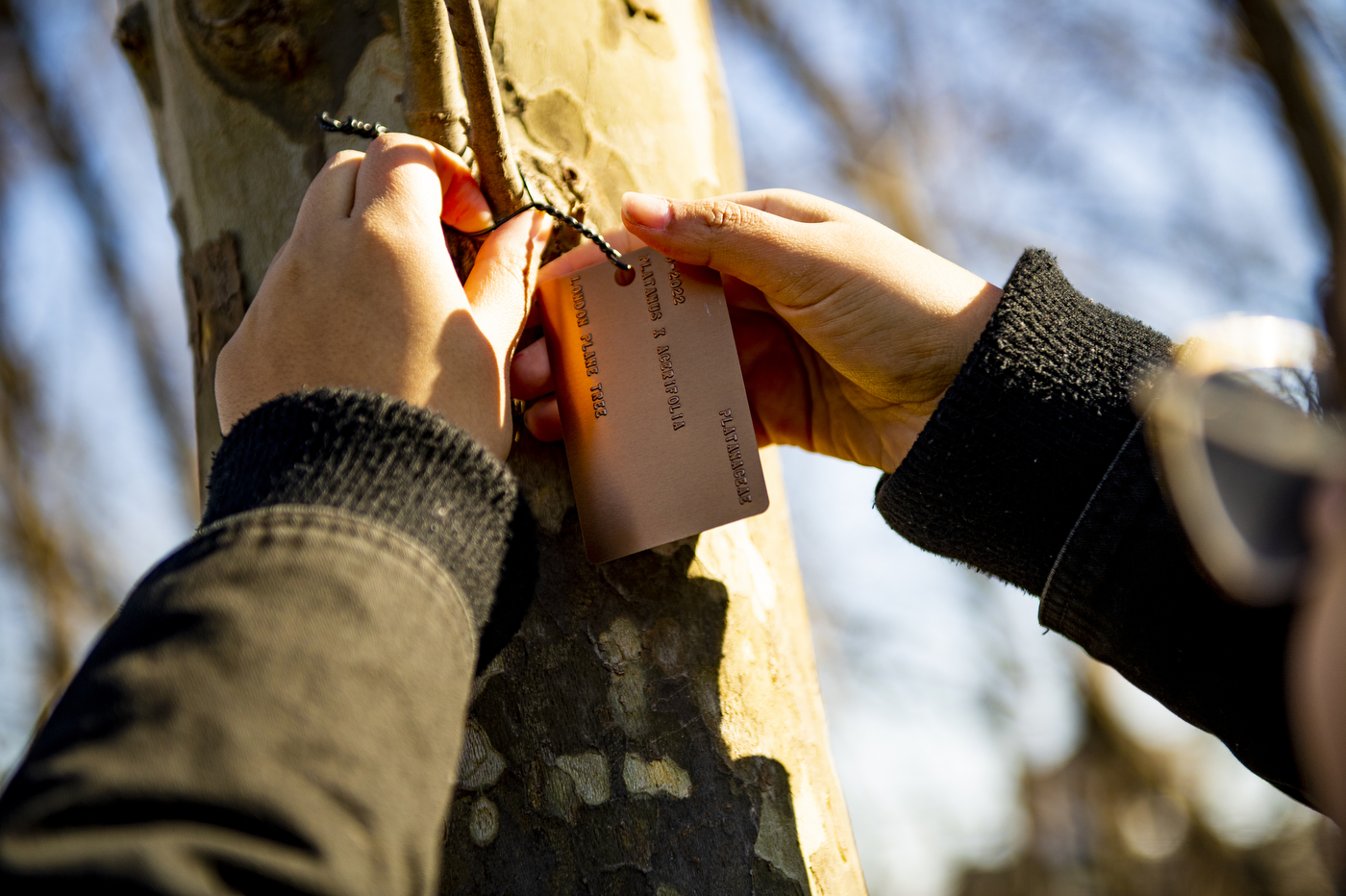
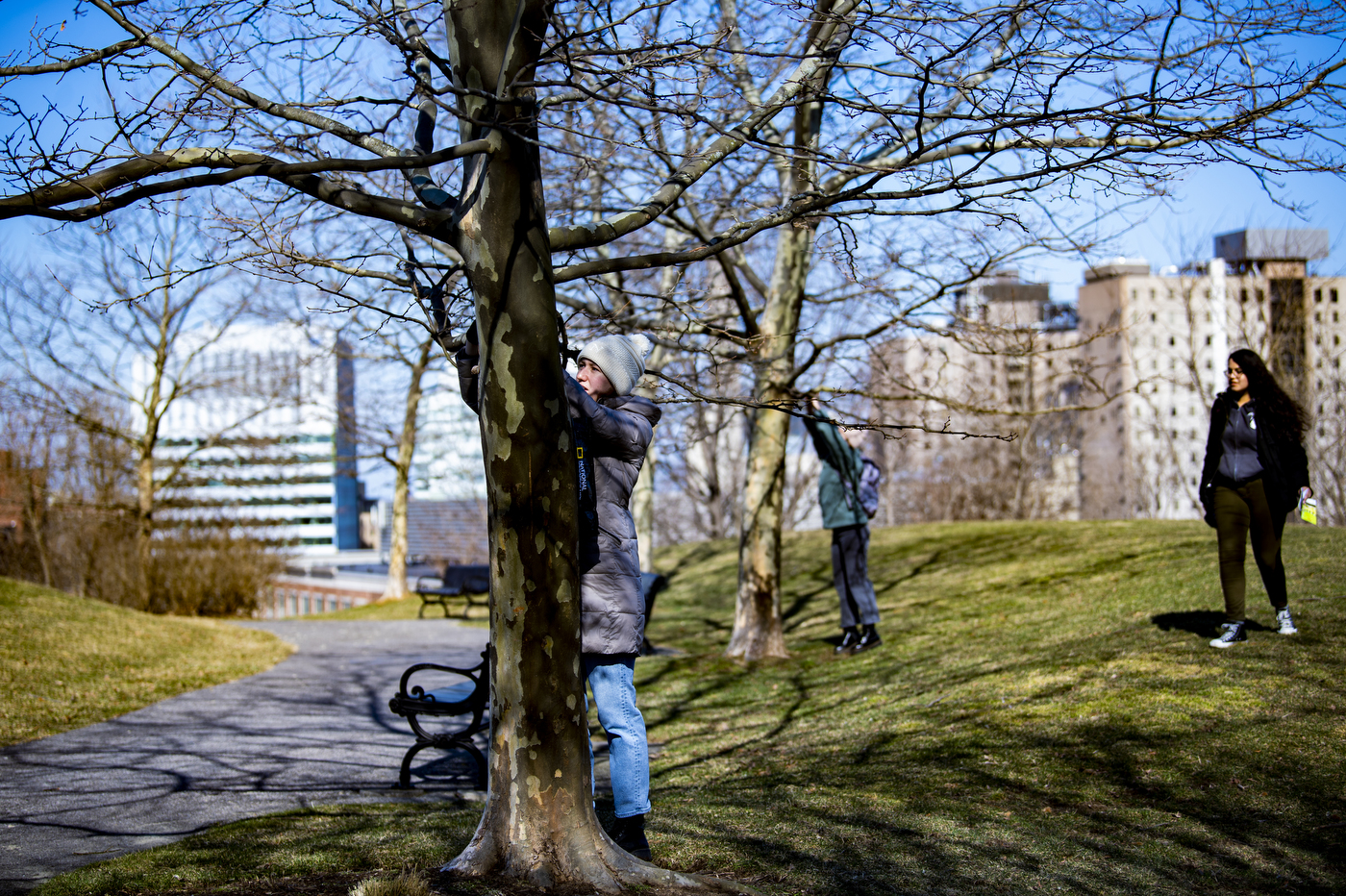
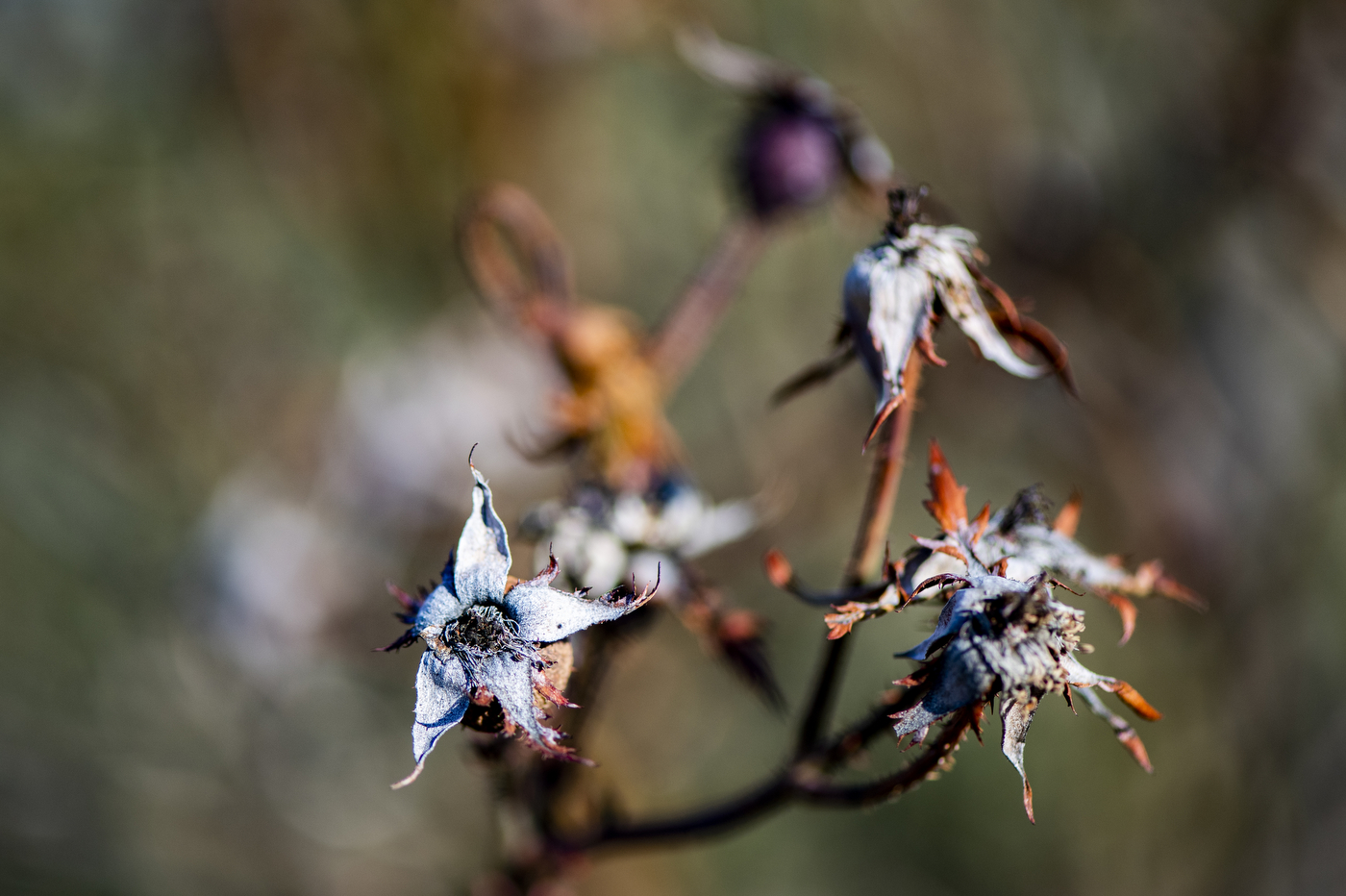
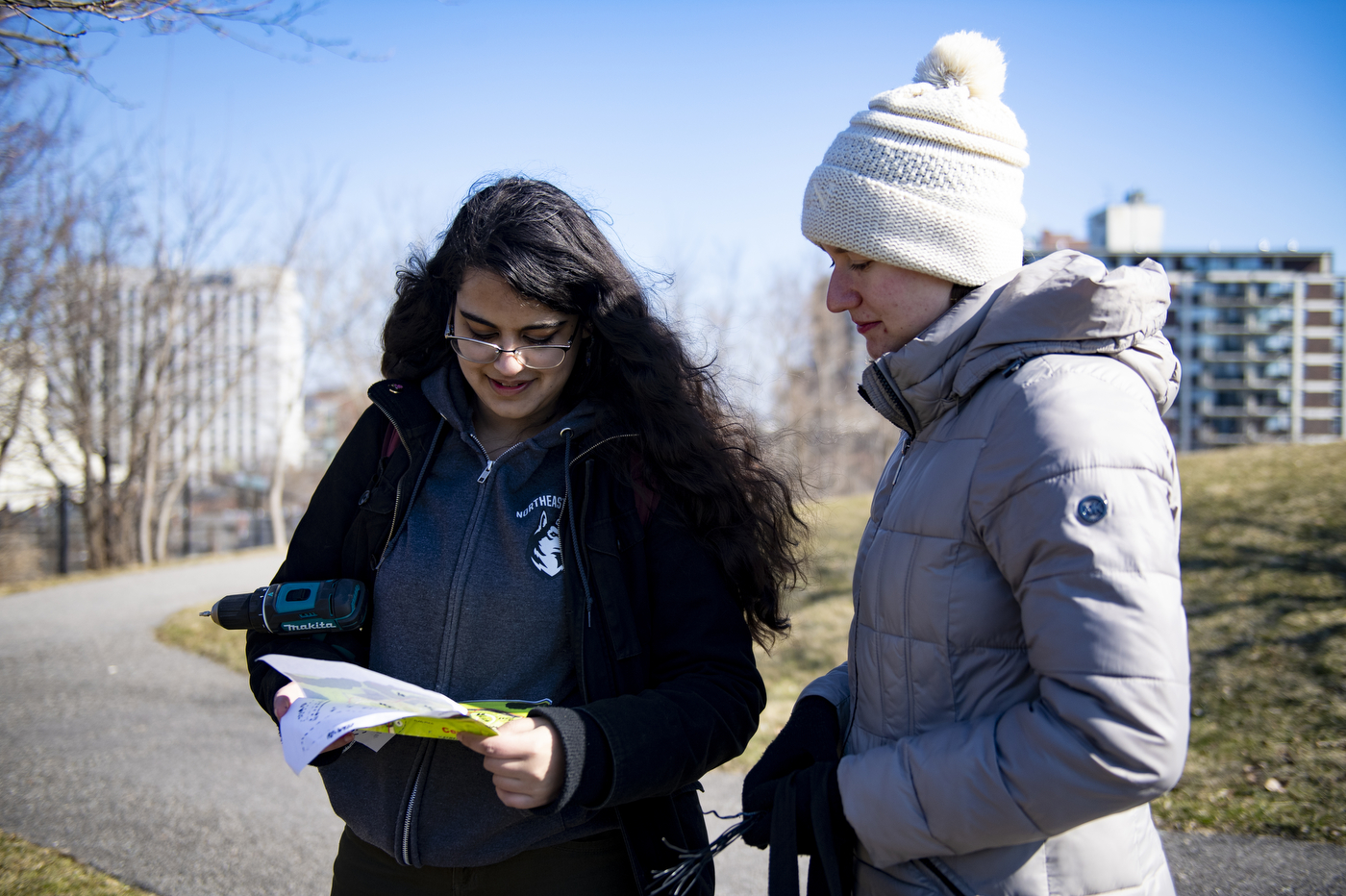
But there are a number of other items needed as well, including the careful documentation of existing and future flora, organizational and volunteer oversight, and a master plan outlining maintenance strategies consistent with a long-term vision of the site. With the help of Northeastern co-ops Indira Holdsworth, 22; Jessica Johnson, 20; and Nadia Plaschke, 21, the park is on its way becoming a bona fide arboretum.
On Monday, the three were on site tagging the trees and shrubs with labels they’d created to identify the different species that live there.
“We’ve essentially gone through every tree that we can identify and given them numbers,” says Holdsworth, a third-year Northeastern student who is currently doing her co-op with the Northeastern Arboretum.
The team has so far identified and accessioned—meaning, officially logged—21 unique plant species. It’s taken some forensic digging—going through past park invoices, et cetera—to inventory the various flora. Part of that process includes building a map that accounts for their location in the park, and creating a database to list each species—from the grove of Norway maples that encircle the park, to the bloodtwig dogwood on its outskirts.
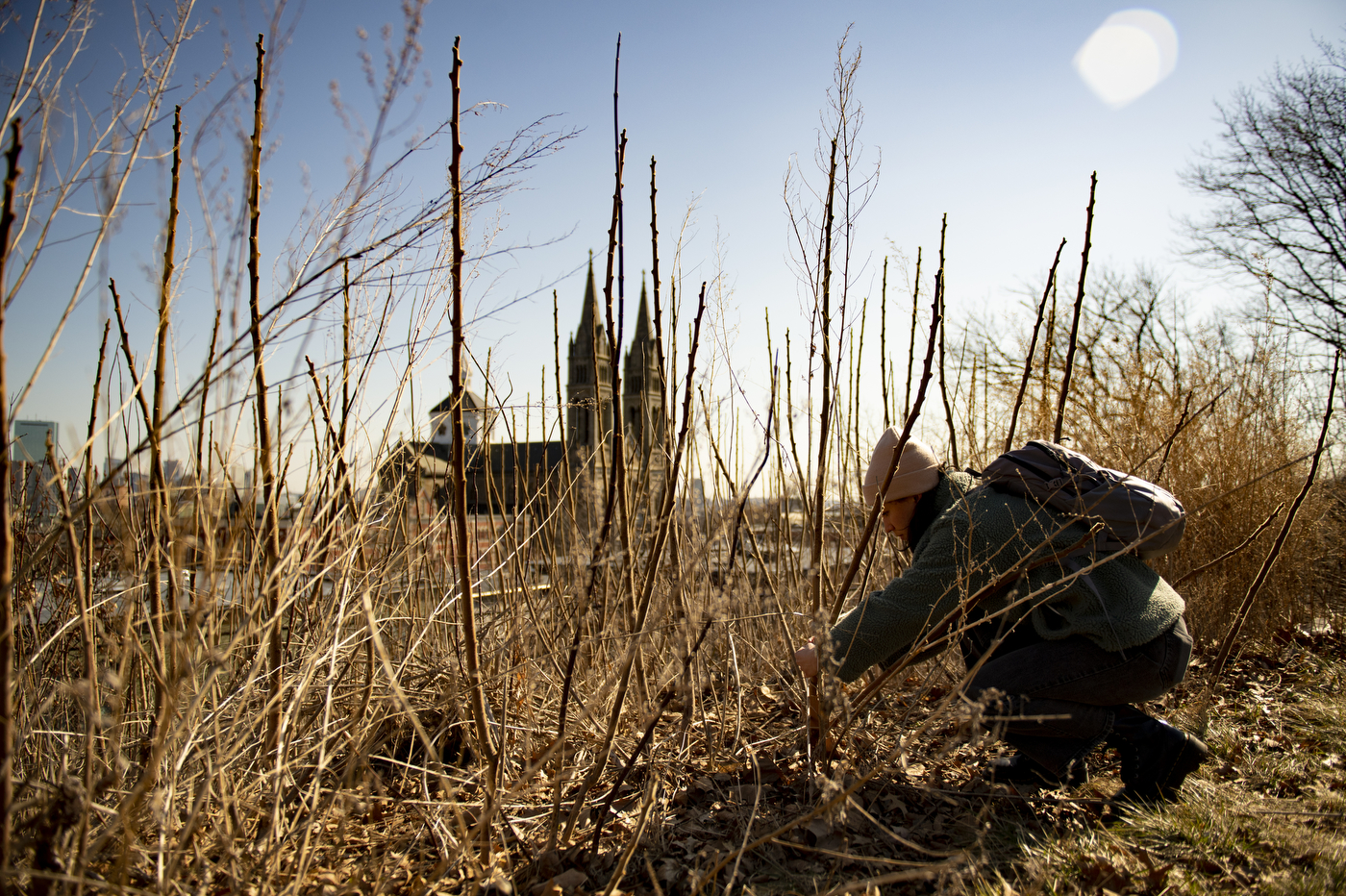
Stephen Schneider, the university’s chief arborist, has helped the students identify the different species.
“We spent the majority of a day identifying the trees and shrubs on the property and temporarily labeling and mapping them,” Schneider says. “Jessica paid a visit to our shop on campus and worked with Indira and Nadia to emboss the permanent identification labels that will be hung in the trees. It’s a huge step forward in the process.”
“It’s a community park, so from what I understand there’s been a hodgepodge of people who’ve” contributed plantings over the years, Holdsworth says.
“Some stuff has been intentionally planted,” she adds. Other plants are there because they’d been donated.
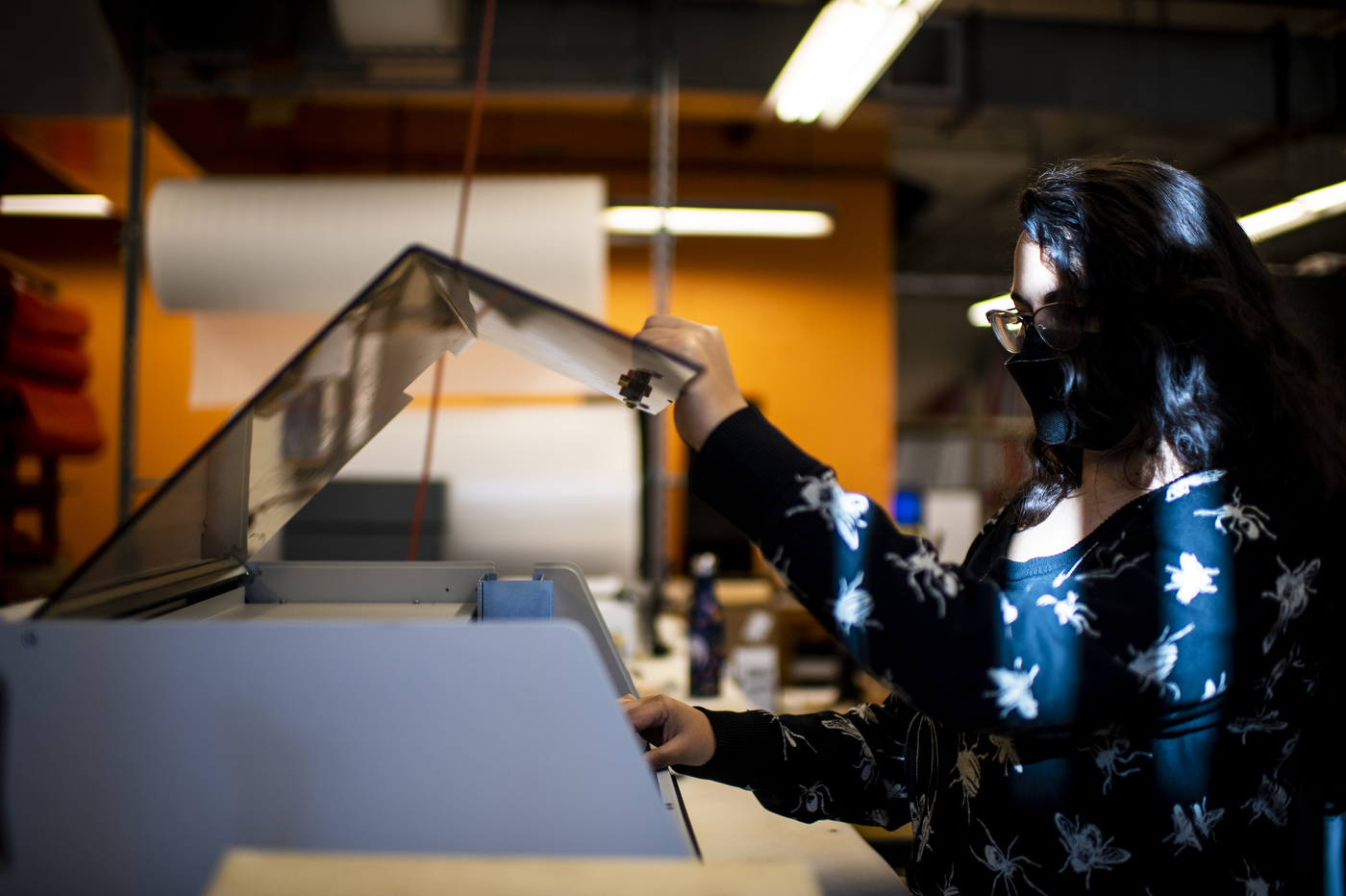
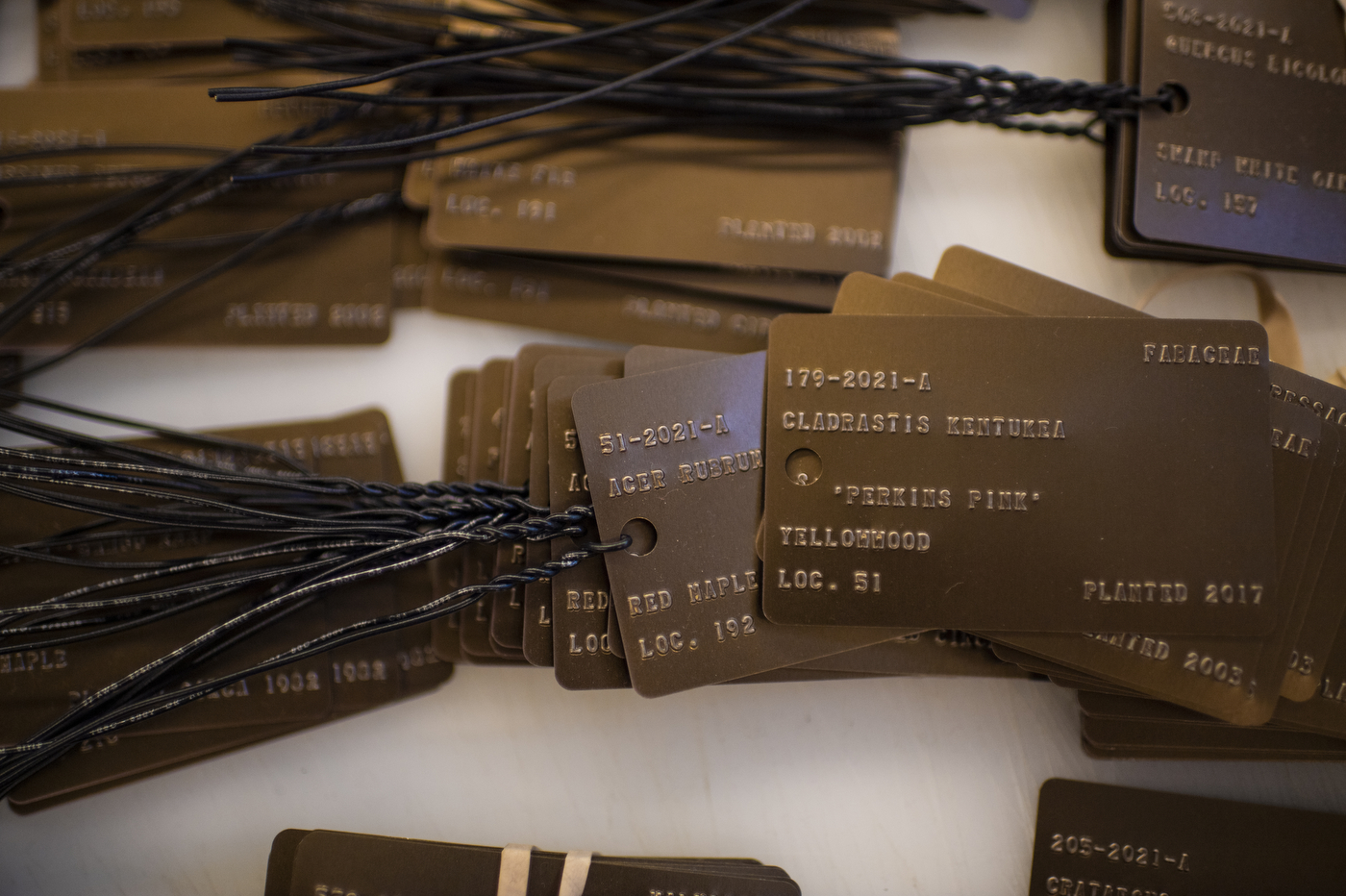
Plaschke, a fourth-year student majoring in environmental studies and international affairs, says the group hope to plant some new trees on Arbor Day on April 29 in an effort to reach 25 unique species.
“We might plant some Ginkgo trees to get there,” Plaschke says.
Johnson, a second-year student majoring in health sciences, says the next step is to create a master plan as part of the group’s submission to ArbNet, an international arboretum certification program.
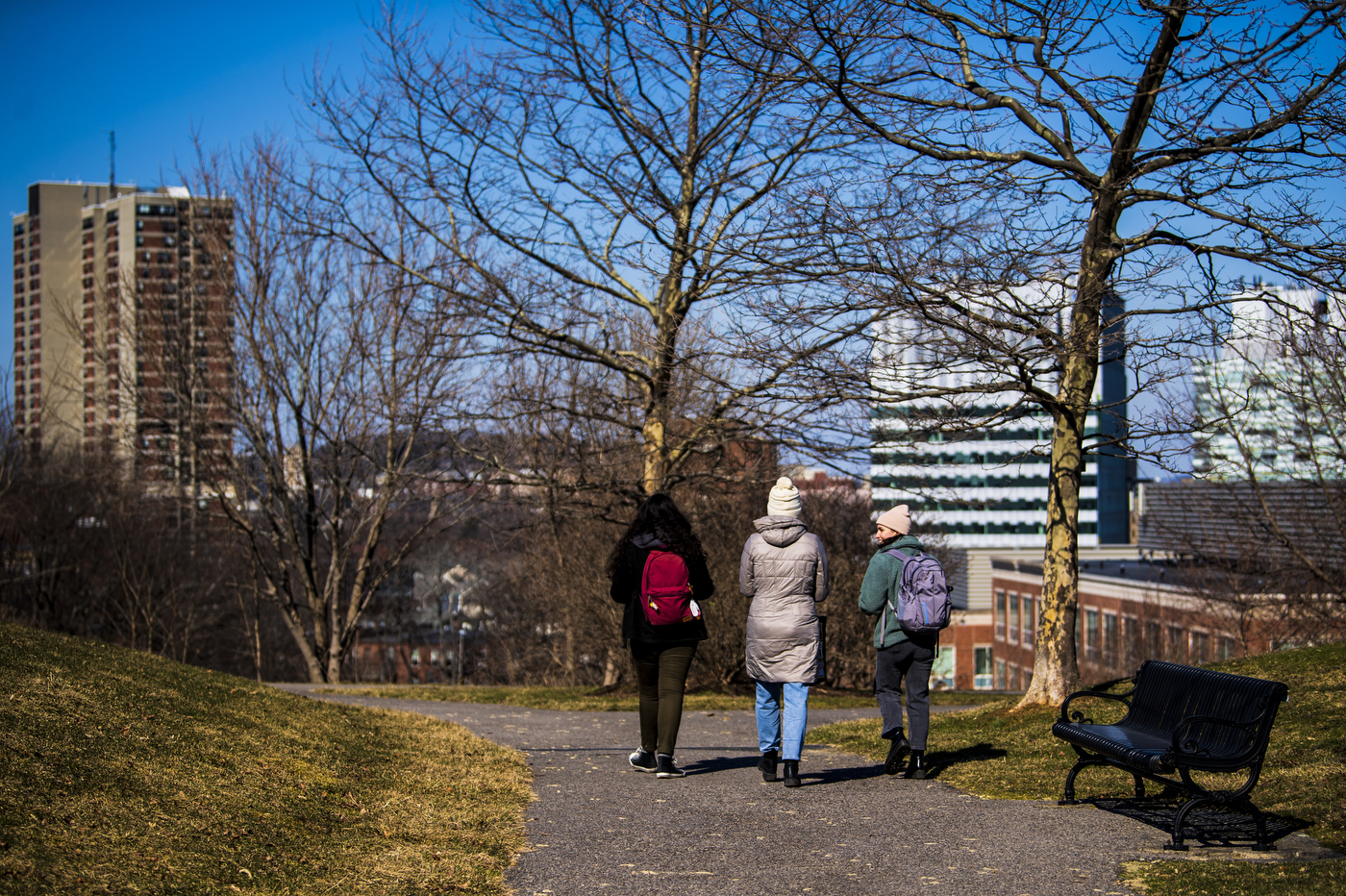
“It has been fun and interesting—and definitely educational,” says Johnson, who is working with Mission Hill Neighborhood Housing Services for her co-op. “I didn’t know anything about this process beforehand.”
Mission Hill Neighborhood Housing Services, Johnson says, would oversee the arboretum, maintaining the space into the future.
For media inquiries, please contact media@northeastern.edu.






